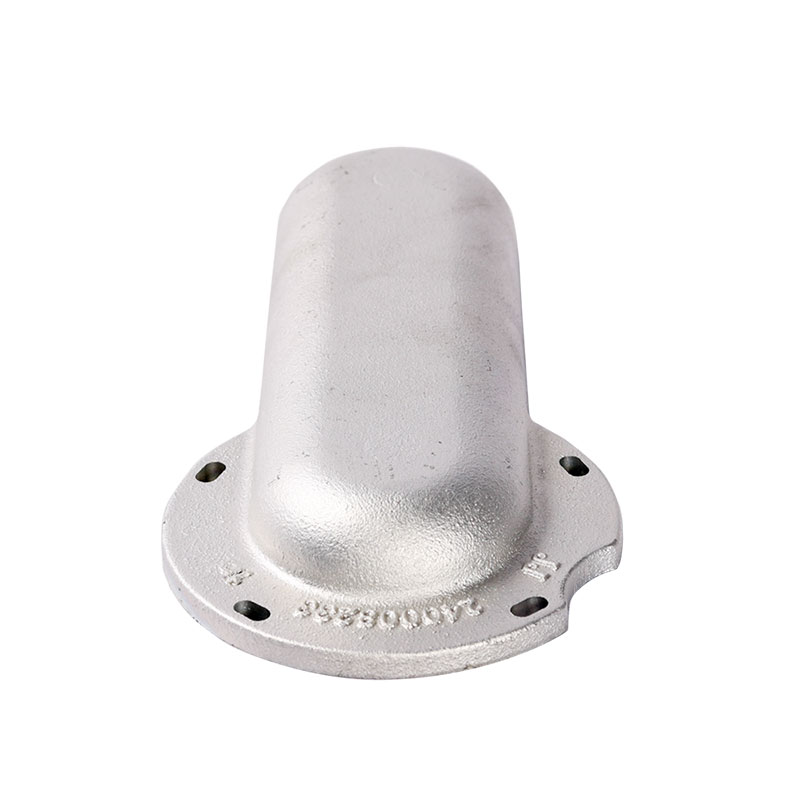Optimizing Performance with the Heat Exchanger Part: Fuel Inlet
2025-01-23
In modern industries, heat exchangers play a critical role in managing temperature and ensuring efficient energy transfer. Within these systems, every component is designed for a specific purpose, and the Fuel Inlet is one such integral part. Whether in power plants, industrial machinery, or automotive applications, the Fuel Inlet of a heat exchanger ensures the controlled and efficient delivery of fuel, enhancing overall system performance.
This blog delves into the purpose, features, and benefits of the Heat Exchanger Fuel Inlet, shedding light on its importance in various applications.
What Is the Fuel Inlet in a Heat Exchanger?
The Fuel Inlet is a critical component of a heat exchanger system. Its primary function is to deliver fuel to the heat exchanger in a controlled manner, ensuring optimal combustion or thermal transfer. Depending on the type of system, this component may be designed to handle various fuels, including liquid fuels like diesel or gasoline, or gaseous fuels such as natural gas.
The efficiency and reliability of the fuel inlet significantly affect the performance of the entire heat exchanger system. Poorly designed or malfunctioning fuel inlets can lead to inefficient energy use, system instability, or even equipment failure.
Applications of the Heat Exchanger Fuel Inlet
1. Industrial Heat Exchangers
Used in chemical plants, refineries, and power plants to facilitate efficient fuel delivery for thermal energy transfer processes.
2. Automotive Systems
Integral to vehicle radiators and engine cooling systems, ensuring proper combustion and heat management.
3. HVAC Systems
Aids in regulating fuel flow for heating and cooling applications in residential, commercial, and industrial spaces.
4. Renewable Energy Systems
Supports biofuel and alternative energy applications by ensuring precise fuel delivery in heat exchangers designed for sustainable energy solutions.
5. Marine and Aerospace Industries
Ensures fuel efficiency and thermal management in ships, aircraft, and other specialized vehicles.
Maintenance Tips for a Fuel Inlet
To ensure the fuel inlet operates efficiently and lasts as long as possible, consider these maintenance tips:
1. Regular Inspection
Periodically check the fuel inlet for signs of wear, corrosion, or blockages that may affect performance.
2. Clean the System
Remove any fuel residues or deposits that could clog the inlet or reduce fuel flow.
3. Monitor Fuel Quality
Use clean and high-quality fuel to prevent contaminants from damaging the fuel inlet or the heat exchanger system.
4. Replace Damaged Parts
If the fuel inlet shows signs of damage or excessive wear, replace it promptly to avoid compromising the entire system.
5. Professional Servicing
Engage qualified technicians to inspect and maintain the heat exchanger system, ensuring that all components, including the fuel inlet, function as intended.
Why Is the Fuel Inlet Crucial?
The Fuel Inlet is more than just a conduit for fuel—it is a vital component that directly impacts the performance, efficiency, and safety of the entire heat exchanger system. By ensuring a consistent and precise flow of fuel, this small yet powerful part enables heat exchangers to operate at their best, supporting a wide range of industrial and everyday applications.
The Heat Exchanger Fuel Inlet might seem like a small piece in a larger system, but its role is indispensable. From promoting energy efficiency to enhancing system safety and reliability, a well-designed fuel inlet is essential for achieving optimal performance in heat exchangers.



